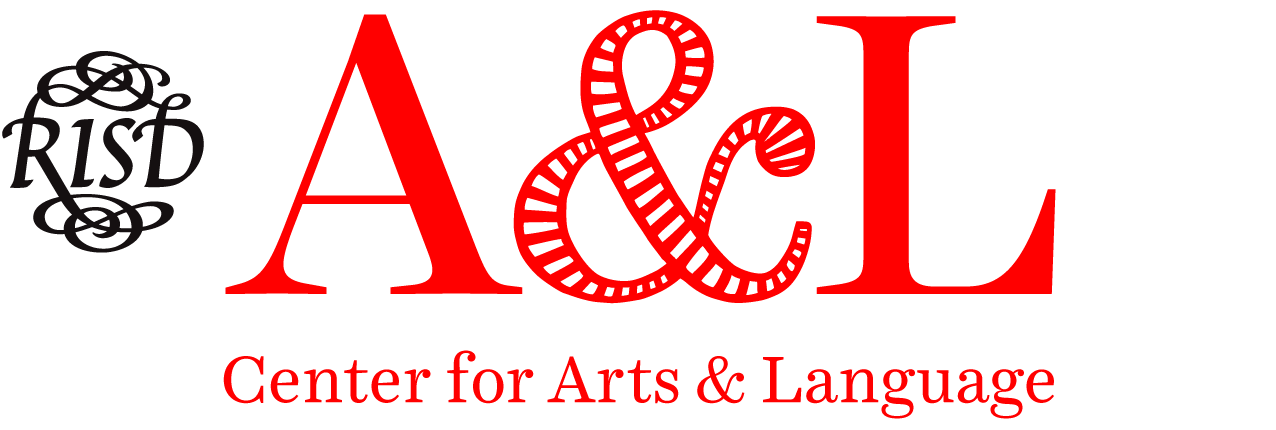For Faculty: Teaching Multilingual Learners
RISD students come from a variety of linguistic backgrounds, and may or may not have studied at an English-speaking school before. In any case, they will be expanding their communication skills as they engage with the regular curriculum in your classes. Below is a list of tips for fostering more effective learning in a multilingual setting.
1) Openly address linguistic diversity. Be comfortable opening a conversation around language with your whole class and with individual students. You may want to find out how many languages are spoken in the group, ask students about their primary languages, or share your own experiences of language learning. If a student expresses any concerns about English, refrain from judging the speaker’s language level. You may refer any student to A&L for language support via individual email or by sharing our website.
2) Share your communication preferences. Because classroom culture varies globally, it is best to share your expectations around in-class communication. Let students know how to address you (e.g., by first name or Professor) and your preferences for emailing. You may also want to address cultural norms and your own classroom discussion standards, for example specifying whether students should raise hands, expect to be called on, or jump into a free-flowing conversation.
3) Be explicit about your assessment methods. One of the most supportive adaptations for multilingual learners is to simply be as clear and specific as possible about your assessment of student work. If you have a rubric you use to assess writing, show it to all of the students. If “participation” factors heavily in the course grades, share your own understanding of how it is measured.
4) Create space for first language use. Just as we value and support students’ cultures in the classroom, we also make space for their languages. Students clarifying in a first language with peers or other resources does not inhibit, but rather supports learning. Many multilingual learners are immersed in English for the first time at RISD, and getting comfortable speaking in a foreign language can take time.
5) Be aware of cultural context. Remember that not everyone is coming in with the same background, education, references, or jokes. If you are working with material where “insider knowledge” is at play, provide explanations or ask students to catch each other up so no one is lost.
6) Build a social community in the classroom. Students will be more likely to participate and be involved in a class where there is social connection. You may want to integrate activities for learning each other’s names, and add group and pair work to your curriculum.
7) Increase visual support. Visual reinforcement, whether through images or text, helps focus discussion and lets students know they are on the same page. Consider giving printed instructions for reference and for students to show a tutor, providing terminology lists as the course progresses, pulling up relevant images and writing key points down as they are being discussed.
8) Consider and adjust your own language. Whether giving instructions or feedback, be as direct as possible. It is also helpful to rephrase and clarify crucial information and academic content, especially when there are terms or expressions that require definition in context. Check comprehension frequently and try not to ask yes/no questions. Open ended questions will elicit more of a class response.
9) Inform students of resources throughout the semester. The Center for Arts & Language provides workshops for ongoing study of English for Art & Design and individual tutoring for communication projects. You may recommend our office at any time in the semester, to any and all students.
10) Reflect with other faculty. Faculty can support each other through collaborative reflection and planning. For facilitated support in adapting your curriculum for multilingual learners, please contact A&L.
Maya Krinsky, Associate Director, Multilingual Learning | Center for Arts & Language | Adapted for RISD Center for Social Equity & Inclusion, 2019
